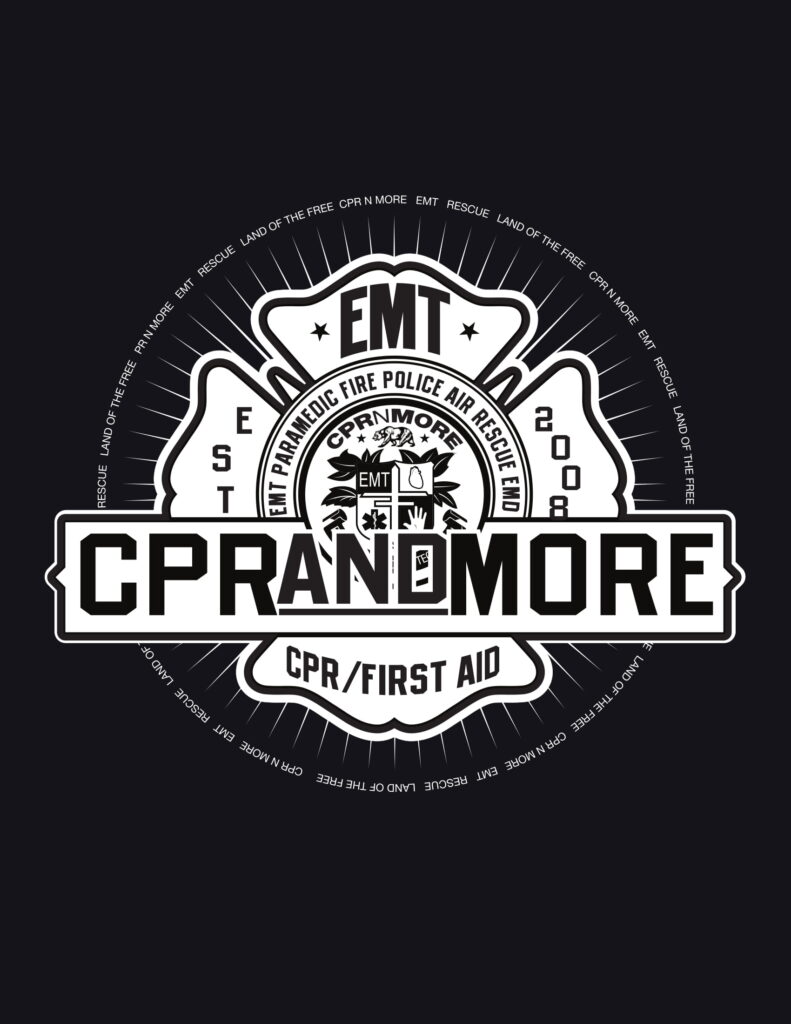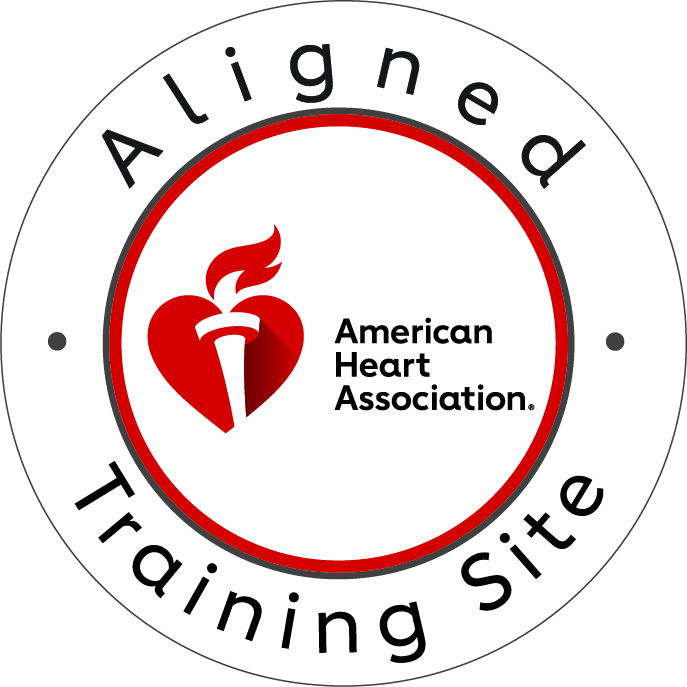Each year, many people die from choking on objects that obstruct their airways and cause suffocation. Choking is in fact the fourth leading cause of unintentional death. However, there is a simple technique you can use to help expel a trapped object from another person’s airway. You can even use a version of this technique on yourself.
The technique is called the Heimlich maneuver, or abdominal thrusts. Abdominal thrusts lift your diaphragm and expel air from your lungs. This causes the foreign object to be expelled from your airway. The Red Cross also recommends including five back blows, although some institutes, such as the American Heart Association, don’t teach this technique.
The steps you need to perform a Heimlich maneuver depend on who you’re aiding:
- another person who isn’t pregnant or an infant (under a year old)
- a pregnant woman or an infant
- yourself
Regardless of whom you perform the maneuver on, that person should still get medical help afterward. This is to ensure no physical damage has occurred to their throat and airways.
On someone other than a pregnant woman or an infant
Determine whether you need to perform abdominal thrusts. If a person who appears to be choking is conscious and coughing, they may be able to dislodge the object on their own. Administer first aid if the person is:
- not coughing
- unable to speak or breathe
- signaling for help, typically by holding their hands around their throat
First, if there’s a bystander, have them call 911 (or your local emergency phone number) for emergency help. If you’re the only person present, begin first aid treatment:
- Get the person to stand up.
- Position yourself behind the person.
- Lean the person forward and give five blows to their back with the heel of your hand.
- Place your arms around their waist.
- Make a fist and place it just above the navel, thumb side in.
- Grab the fist with your other hand and push it inward and upward at the same time. Perform five of these abdominal thrusts.
- Repeat until the object is expelled and the person can breathe or cough on their own.
Alternatively, if the person can’t stand up, straddle their waist, facing their head. Push your fist inward and upward in the same manner as you would if they were standing.
On a pregnant woman
On pregnant women, you need to place your hand a little higher on their torso, around the base of their breastbone. If that person is unconscious, place them on their back and try to clear the airway with your finger in a sweeping motion. If you can’t remove the lodged object, begin performing CPR.
On an infant
If the person who is choking is younger than 1 year, you need to follow other steps:
- Sit down and hold the infant facedown on your forearm, which should be resting on your thigh.
- Give five back blows gently with the heel of your hand.
- If that doesn’t work, position the infant face up and resting on your forearm and thigh so their head is lower than their trunk.
- Place two fingers at the center of their breastbone and perform five quick chest compressions.
- Repeat the back blows and chest thrusts until the object is expelled and the infant can breathe or cough on their own.
On yourself
If you’re alone and choking, follow these steps:
- Make a fist and place it just above your navel, thumb side in.
- Grab the fist with your other hand and push it inward and upward at the same time. Perform five of these abdominal thrusts.
- Repeat until the object is expelled and you can breathe or cough on your own.
You can also thrust your upper abdomen against a hard edge like the corner of a table or counter, or back of a chair.


